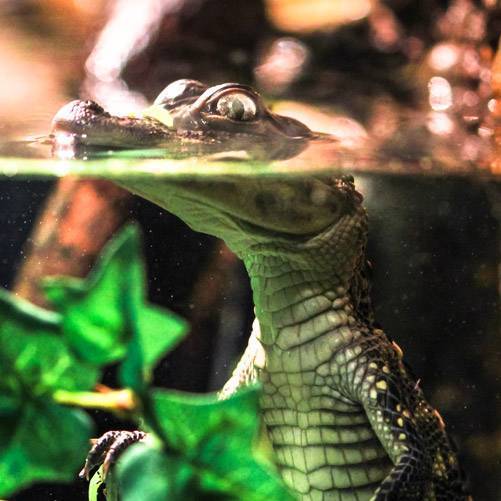What You Need to Know About Pythons, the World’s Largest Snake Species
Pythons are reptiles belonging to the Pythonidae family, which includes some of the largest and most impressive snake species in the world. These giant snakes are known for their powerful musculature and flexible jaws, and hunt their prey using strangulation techniques. Living in tropical regions, pythons are widely distributed in Africa, Asia and Australia. Their size varies depending on the species, but the largest pythons can reach up to 10 meters in length.
Curious Python Species
1. King Python (Python regius): Popular as a Pet
The King Python, which attracts attention with its medium-sized and calm nature, originates from Africa and is usually 1-2 meters long. It is popular as a pet due to its calm nature.
2. Tree Python (Morelia viridis): The Graceful Snake that Lives in Trees
Inhabiting the tropical forests of Australia and New Guinea, this species of python is known for its bright green color and tendency to live in trees. It has an average length of 1.5-2 meters and attracts attention with its elegant appearance.
3. Amethyst Python (Morelia amethistina): The Giant Snake of Southeast Asia
Found in Southeast Asia and Australia, this large species of python can reach 4-5 meters in length and is known for its powerful build. These snakes are known for their large bodies and are found near water.
4. Burmese Python (Python bivittatus): One of the World’s Largest Python Species
The Buruma python is one of the largest snakes in the world. It lives in the tropical forests and swamps of Southeast Asia. Its large size, calm nature and impressive size make it popular both in the wild and as a pet.
Curiosities About the Buruma Python
Physical Properties
- Size: Buruma pythons usually reach 3 to 5 meters in length, some can exceed 6 meters.
- Weight An adult Buruma python can weigh up to 90 kg. Large individuals can reach up to 200 kg.
- Color and Pattern: Their brown and yellowish skin provides camouflage in natural environments. The dark spots on them give the snake a striking appearance.
Habitat and Behavior
Buruma pythons live in tropical forests, swamps and water bodies. They usually prefer areas close to water and are excellent swimmers. Since they are active at night, they catch their prey through ambushes and sudden attacks during hunting. During the day they rest on the branches of trees or on the ground.
What Does the Buruma Python Eat and How to Hunt It?
Buruma pythons are carnivores. Their diet includes small mammals, birds and sometimes larger prey. They squeeze their prey to death with their powerful muscles and then swallow it whole. Unless food is scarce, large prey can keep them full for a long time.
Burmese Python Reproduction and Pup Care
- Oviposition: Buruma pythons reproduce by laying eggs. Females lay 12 to 36 eggs at a time. They incubate curled up to protect the eggs.
- Incubation Period: The chicks hatch after about 60-90 days.
- Cubs’ Independence Completely independent at birth, the cubs grow rapidly and soon develop hunting skills.
Burmese Python Care at Home
Buruma pythons are also popular as pets, but due to their large size and care requirements they are only suitable for experienced reptile owners.
Aquarium Conditions and Nutrition Requirements
- Aquarium Size: A large tank at least 2 meters in length is required for an adult Buruma python.
- Diet They feed mainly on mice, rabbits and small birds.
- Temperature and Humidity: High humidity and appropriate temperature (usually between 25-30°C) should be maintained in an environment that mimics tropical habitats.
- Veterinary Checkups: Regular veterinary check-ups and proper nutrition are important for the health of these giant snakes.
What Threats Do Burmese’s Pythons Face?
Buruma pythons are threatened by habitat loss and illegal hunting in some areas. Buruma pythons have an important role as predators for the balance of the ecosystem.
You can visit this gigantic snake species at Emaar Aquarium and learn more about it.




